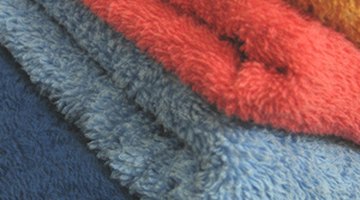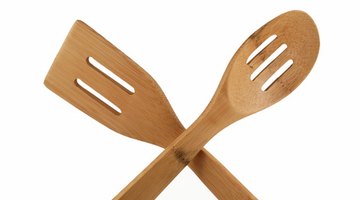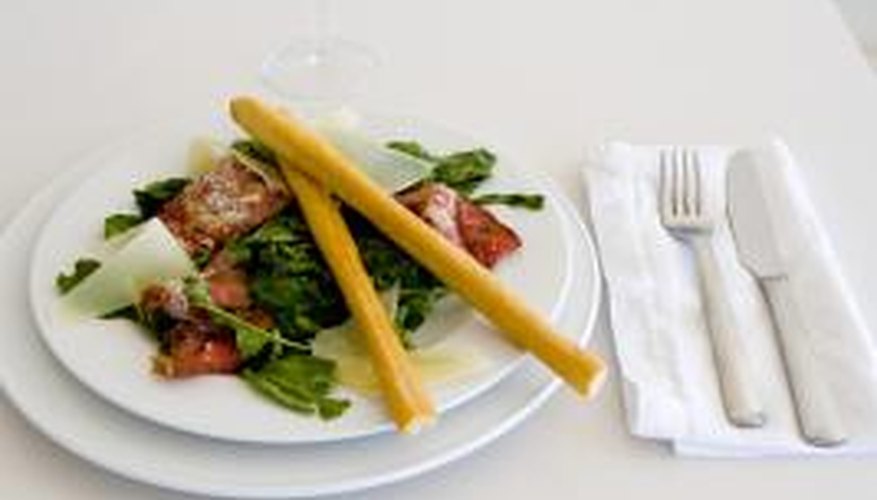Marble is a type of natural stone that is both durable and attractive. As is the case with most natural stone surfaces, marble is porous and absorbs stains that are left unattended. Even though white wine does not have the pigment of its red counterpart, when white wine absorbs into a marble surface it can cause discolouration. Effective removal of the wine stain relies on drawing the stain out of the pores, rather than just cleaning the surface.
- Marble is a type of natural stone that is both durable and attractive.
- As is the case with most natural stone surfaces, marble is porous and absorbs stains that are left unattended.
Mix a few drops of dish-washing detergent in a bowl with 1 cup water. Wet a clean cloth with the soapy solution, then squeeze out as much of the liquid as possible. Wipe the marble surface where the white-wine stain occurred.

Rinse with a cloth dampened with water, then dry the marble with a clean cloth.
Mix up a white-wine stain-removing poultice using 1/2 cup powdered chalk and 1/3 cup of 12 per cent hydrogen peroxide. Stir the two ingredients in a bowl to create a thick paste.

Spread the paste mixture over the site of the white-wine stain. Put a 1/2-inch thick layer of the paste over the stain and determine it extends at least a 1/2 inch beyond the edge of the stain. Cover the poultice with cling film so it dries more slowly.
- Rinse with a cloth dampened with water, then dry the marble with a clean cloth.
- Cover the poultice with cling film so it dries more slowly.
Leave the poultice on the white wine-stained area of your marble until it dries. This can take up to 48 hours. As the poultice dries, it draws the wine stain out of the marble.
Scrape the dried poultice materials from the marble surface using your spatula. Discard them in the garbage. Wipe the surface with a damp cloth to remove any dust from the poultice.
Dry the marble with a clean cloth.
TIP
Use a tablecloth or decorative place mats to protect the marble surface from spilt wine. Wipe up a spill immediately to prevent it from soaking into the marble surface. Substitute baking soda, diatomaceous earth or Fuller's earth for the powdered-chalk portion of the poultice.
